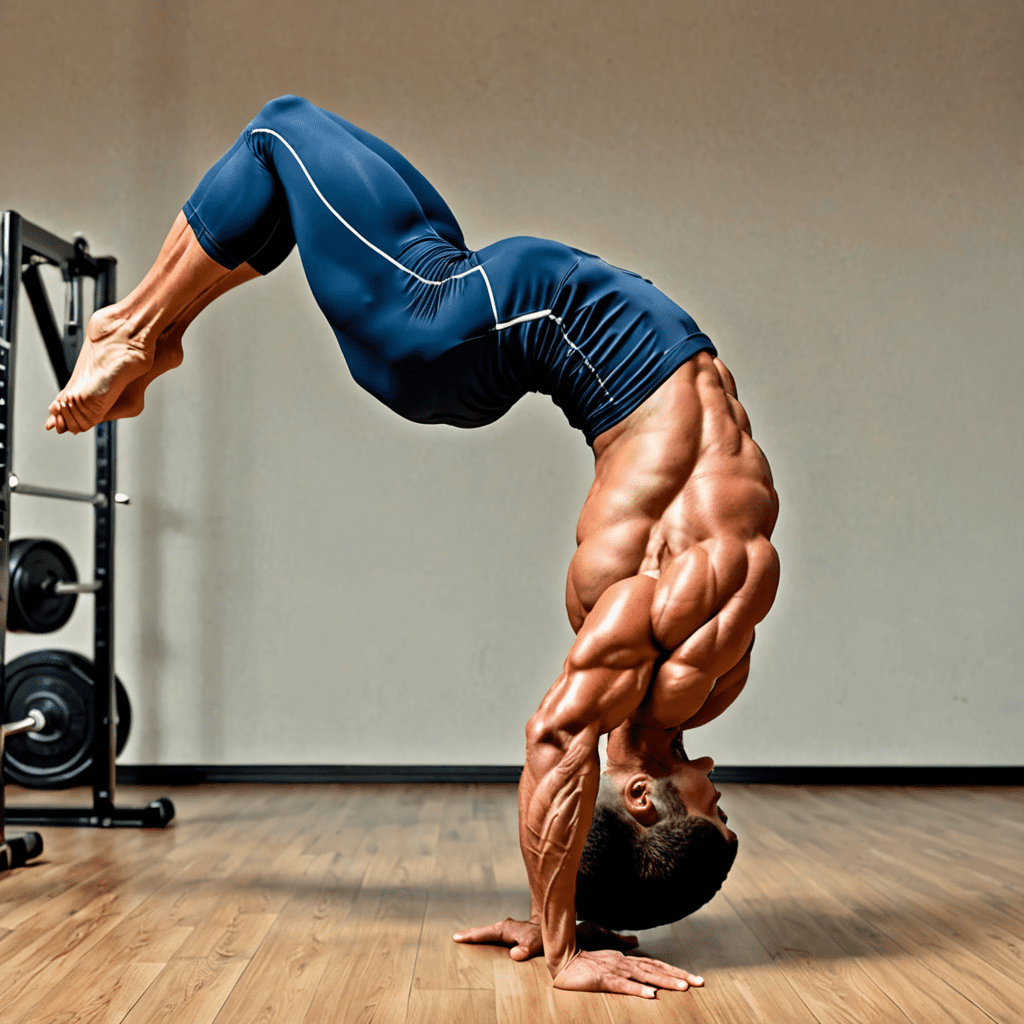
Mastering the Handstand Push-Up: Strengthening Your Upper Body and Core
Handstand push-ups are a challenging bodyweight exercise that can greatly benefit your upper body strength and core stability. Understanding the muscles involved in performing this exercise is crucial for optimizing your training routine and achieving maximum results.
Primary Muscles Targeted
The primary muscles engaged during handstand push-ups are the deltoids, which are responsible for shoulder abduction and flexion. Additionally, the triceps, located at the back of the upper arm, play a significant role in extending the elbow during the upward phase of the push-up. These muscles are essential for maintaining stability and control throughout the movement.
Secondary Muscles Engaged
While the deltoids and triceps are the main focus, handstand push-ups also heavily involve the pectoral muscles, which assist in shoulder flexion. The upper back muscles, including the trapezius and rhomboids, are engaged to stabilize the scapulae and maintain proper posture. Furthermore, the muscles of the core, including the rectus abdominis and obliques, are activated to provide balance and stability during the inverted position.
Benefits of Handstand Push-Ups
Mastering handstand push-ups offers a multitude of benefits, including enhanced shoulder strength and stability, improved upper body muscular endurance, and increased core strength. This exercise also helps improve overall body control and kinesthetic awareness, making it a valuable addition to any fitness regimen.
Tips for Proper Form and Technique
When performing handstand push-ups, it’s important to maintain a straight body alignment, with the hands placed shoulder-width apart. Proper wrist and shoulder mobility are essential for executing this exercise safely and effectively. Engaging the core and focusing on controlled movements is crucial for maximizing the benefits and preventing potential injury.
Progressions and Modifications
For individuals who are working towards mastering handstand push-ups, there are various progressions and modifications that can be implemented. These include practicing against a wall for support, incorporating resistance bands for assistance, or performing pike push-ups to gradually build strength and confidence in an inverted position.
Frequently Asked Questions (FAQ)
What are the potential risks associated with handstand push-ups?
While handstand push-ups can be highly effective for strengthening the upper body and core, they also pose a risk of straining the shoulders and wrists if performed incorrectly or excessively. It’s important to prioritize proper form, gradual progression, and adequate warm-up and cooldown routines to minimize the risk of injury.
Can handstand push-ups be beneficial for individuals at different fitness levels?
Yes, handstand push-ups can be beneficial for individuals at various fitness levels. Beginners can start with modified versions of the exercise, while more advanced practitioners can incorporate additional challenges such as handstand push-up variations or weighted resistance to continue progressing and building strength.
How often should handstand push-ups be included in a workout routine?
The frequency of incorporating handstand push-ups into a workout routine can vary based on individual fitness goals and overall training volume. It’s recommended to integrate this exercise 1-2 times per week, allowing for proper recovery and muscle adaptation. Listening to the body’s signals and avoiding overtraining is essential for long-term progress.


